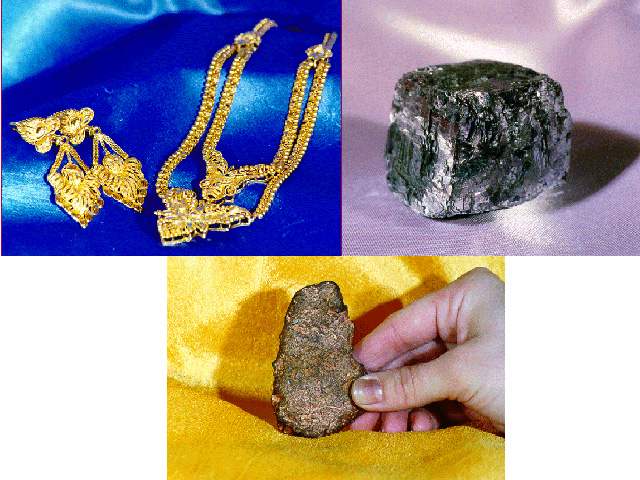The world of geology is a fascinating realm, filled with diverse minerals that form the foundation of our planet. One of the most common queries that arise in this field is, Is marble a metallic mineral? This question may seem straightforward, but it opens up a broader discussion about the classification of minerals, the composition of marble, and the characteristics that differentiate metallic minerals from non-metallic ones.
Understanding Minerals
Before diving into the specifics of marble, it’s essential to understand what minerals are. Minerals are naturally occurring substances with a definite chemical composition and crystalline structure. They are broadly classified into metallic and non-metallic minerals based on their physical and chemical properties.
Metallic minerals are those that are mined for their metal content. They are hard, shiny, malleable, fusible, and ductile. Examples include gold, silver, iron, copper, and aluminum. Non-metallic minerals, on the other hand, do not contain metals and are used for their non-metallic properties. They include limestone, gypsum, and quartz, among others.
Marble: A Closer Look
Marble is a metamorphic rock derived from limestone or dolomite. It is primarily composed of the mineral calcite (CaCO3) and occasionally contains other minerals such as mica, quartz, pyrite, iron oxides, and graphite. Under the conditions of metamorphism, the calcite in the limestone recrystallizes to form a rock that is a mass of interlocking calcite crystals.
Is Marble a Metallic Mineral?
Given its composition, marble is not a metallic mineral. It does not contain metal elements in its structure, nor does it exhibit the physical properties associated with metallic minerals such as malleability, ductility, or a metallic luster. Instead, marble is classified as a non-metallic mineral due to its primary component, calcite, which is a common form of natural calcium carbonate.
Implications and Uses of Marble
Despite not being a metallic mineral, marble’s aesthetic appeal and physical properties make it a highly valuable resource. It is widely used in the construction industry for flooring, decorative elements, and countertops due to its durability and beauty. In sculpture, marble is prized for its smoothness and translucency. Additionally, crushed marble is used in agriculture as a soil conditioner and an acid-neutralizing material.
Conclusion
In conclusion, while marble is a fascinating and versatile material, it is not a metallic mineral. Understanding this distinction is crucial not only for geologists but also for industries that utilize these resources. By appreciating the unique characteristics and properties of different minerals, we can better harness their potential and promote sustainable practices in their extraction and use.

